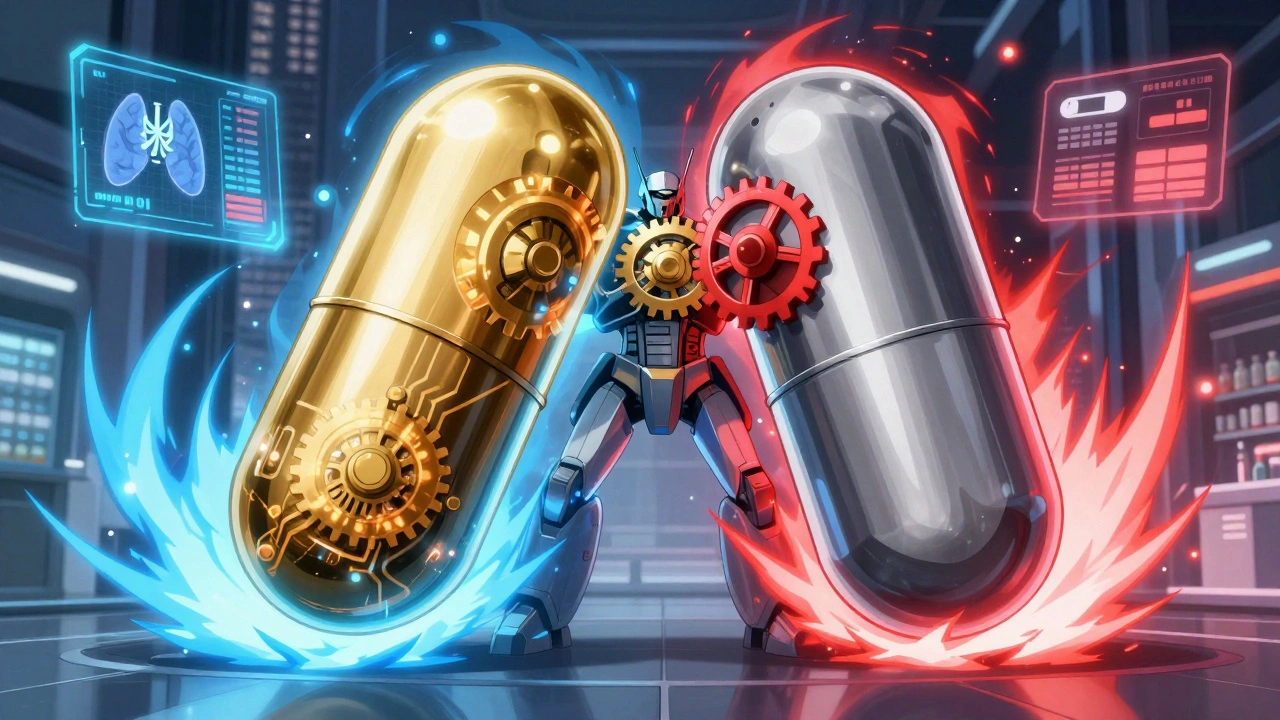Bioequivalence: What It Means for Generic Drugs and Your Health
When you pick up a generic pill, you’re trusting that it does the same job as the brand-name version. That trust comes from bioequivalence, the scientific proof that two drug products release the same amount of active ingredient into your bloodstream at the same rate. Also known as pharmacokinetic equivalence, it’s not just a regulatory checkbox—it’s the reason your blood pressure med, antidepressant, or antibiotic works just as well whether it’s labeled as the original or the cheaper copy.
Behind every generic drug on the shelf is a bioequivalence study, a controlled clinical test comparing how your body absorbs and uses the generic version versus the brand-name drug. These studies don’t just guess—they measure blood levels over time, track peak concentration, and calculate total exposure. The FDA requires the generic to deliver between 80% and 125% of the brand’s drug levels in your blood. That’s not a wide margin—it’s tight enough to ensure no dangerous dips or spikes. If a drug has a narrow therapeutic index—like warfarin or lithium—those numbers are even stricter. And not all drugs can be swapped easily: extended-release pills, inhalers, and topical creams have special rules because absorption isn’t just about the bloodstream—it’s about where and how the drug works in your body.
Generic drugs, lower-cost versions of brand-name medications that contain the same active ingredient aren’t just cheaper—they’re held to the same quality standards. The FDA inspects manufacturing sites, checks for impurities, and requires the same batch testing. But bioequivalence is what makes them interchangeable. Without it, you could get a pill that’s chemically identical but doesn’t dissolve the same way, leading to underdosing or overdose. That’s why some patients notice differences: if a generic changes manufacturers, the formulation might shift slightly, and bioequivalence must be re-proven. It’s not about the pill looking different—it’s about whether your body gets the same dose, the same way, every time.
What you won’t see on the label: excipients. Those are the inactive ingredients—fillers, dyes, coatings—that don’t treat your condition but can affect how the drug breaks down. A generic might use a different binder or coating, which could change how fast the pill dissolves in your stomach. That’s why bioequivalence studies test real human responses, not just lab samples. It’s the only way to know if your body will react the same.
For patients managing chronic conditions—diabetes, epilepsy, heart disease—bioequivalence isn’t theoretical. It’s daily safety. For doctors, it’s the foundation of prescribing generics confidently. And for anyone paying out of pocket, it’s the difference between spending $300 or $15 a month. The system isn’t perfect, but when bioequivalence is proven, you’re getting the same medicine, not a knockoff.
Below, you’ll find real-world guides on how these studies are done, what the FDA looks for, and how drug interactions, storage, and formulation changes can affect whether a generic truly works like the original. Whether you’re a patient, caregiver, or clinician, understanding bioequivalence helps you ask the right questions—and make smarter choices about your meds.


